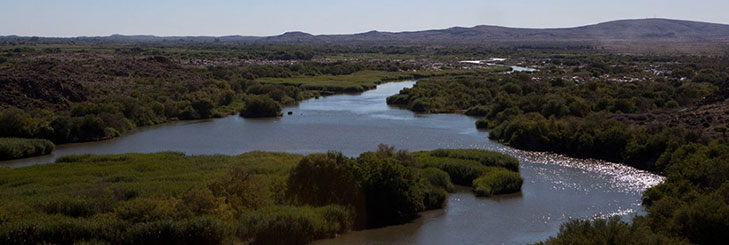Welcome to the first surface water quantity report of the Orange-Senqu River Commission (ORASECOM), for the hydrological year 2020-2021. For Read more
Categories
Latest Submission
2020-2021 Orange-Senqu Surface Water Quantity Synoptic Analysis
Khakea-Bray Transboundary Dolomite Aquifer Recharge Assessment
Documentation and Data: A read-only folder structure of all reports, data, and models related to the STAS can be accessed Read more
Improving Groundwater Knowledge in Selected Transboundary Aquifers
Documentation and Data: A read-only folder structure of all reports, data, and models related to this study can be accessed Read more
Stampriet Transboundary Aquifer System (STAS) – Governance of Groundwater Resources in Transboundary Aquifers (GGRETA) Project
Documentation: A read-only folder structure of all reports, data, and models related to the STAS can be accessed from here: Read more

- WIS > Integrated Water Resources Management > Preparation and development of integrated water resources quality management plan (WP 3)
Preparation and development of integrated water resources quality management plan (WP 3)
- Author:Bennie Haasbroek
- Post date:27 January, 2014
- Categories:Integrated Water Resources Management,Policy, Legislation and Strategies,Surface Water Resources
Objectives
The central objective of this work package was to provide the tools, methods and training for
the implementation of a water resource quality management plan. A framework for the management of water resource quality in the Orange–Senqu River Basin was previously proposed by a European Union Development Fund project which was also providing support to ORASECOM. The framework developed through the European Union project proposes institutional arrangements, the location of monitoring points, water quality variables to be measured, resource water quality objectives, trigger values and a basis for a regional analytical quality control system for testing of water quality samples. The framework document giving the vision for such a water resource quality management system, was finalised in collaboration with the GIZ project team working on Work Package 3.
The framework, however, does not provide details on how and when the water resource quality management plan will be implemented and these have been addressed in more detail in Work Package 3
Main Activities
The main activities addressed under Work Package 3 were:
- Establishment of the protocols, institutional requirements for a water quality monitoring programme, data management and a reporting system to provide water quality management information to the water resource managers of the basin states.
- Development of the specifications for a water quality model that addresses the water quality variables of concern and can interface with the existing systems models.
- Provision of training to develop capacity within the basin states to operate the water quality monitoring system and implement the water quality management plan.
- Documentation of findings in a report describing the proposed water quality management plan.
- Participation in the Joint Basin Survey (JBS), to manage the inter-laboratory benchmarking process
Conclusions and Recommendations
With respect to the development of a water quality monitoring programme and data
management framework, the following issues were addressed:
- Water quality sampling points were established for the trans-boundary sampling program. Workshops were held in selecting the points and the points were sampled jointly as part of the Joint Basin Survey. This exercise served as a training exercise.
- Sampling procedures, data storage and chains of custody were developed.
- With regard to the ongoing implementation of the monitoring system, reporting and management of the data, it was proposed that the ORASECOM Secretariat manage the process after the completion of the project.
With respect to the development of specifications for the water quality model the following
conclusions were drawn:
- Satisfactory salinity modelling functions are already integrated into the “WRPM” and “WQT” models and improvements are being incorporate as required.
- Algorithms for a river and reservoir phosphate and chlorophyll-a model that is suitable for inclusion in the “WQT” and “WRPM” models have been developed.
- The high level requirements for water quality operating models and possible development routes have been considered.
The following recommendations were made:
- The procedures and location of the sampling points must be refined as experience is gained with the sampling process.
- The number of water quality variables analysed for and the trigger values must be reviewed.
- The use of online water quality monitoring linked to flow monitoring should be developed.
- A web-based water quality data entry, management and reporting system should be developed to manage the data more effectively than the current system.
- Institutional responsibilities to manage the system should be finalised
- The phosphate and chlorophyll-a modelling algorithms that have been developed should be incorporated in the WQT and WRPM models.
- Water quality operating model requirements should be examined in detail and tested on key system elements.
- Ongoing improvements to the “WQT” and “WRPM” salinity modelling routines should proceed.
Source:
Support to Phase 2 of the ORASECOM Basin-wide Integrated Water Resources Management Plan
Funding Organisation(s):
Date:
2011
Documents
Herold, C. 2010. Development of Specifications for the Water Quality Model
- Tags:IWQM Plan, Water Quality



Comments
You must be logged in to post a comment.